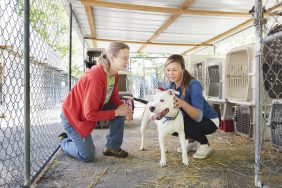While moving to Europe may provide many exciting opportunities, traveling overseas with your furry friends can often seem a bit overwhelming when confronted with the myriad descriptions of import requirements, quarantine timelines, airline regulations, and other flotsam floating along the currents of the web. Fortunately, traveling with your pets can be a simple, stress-free, and sometimes fun process, as long as…





